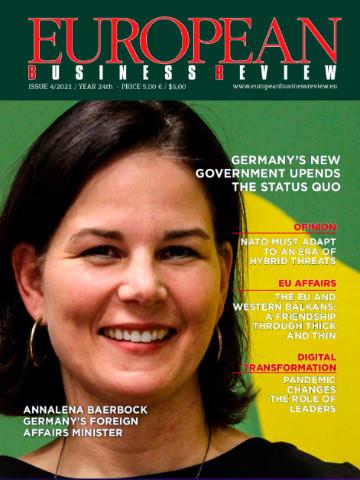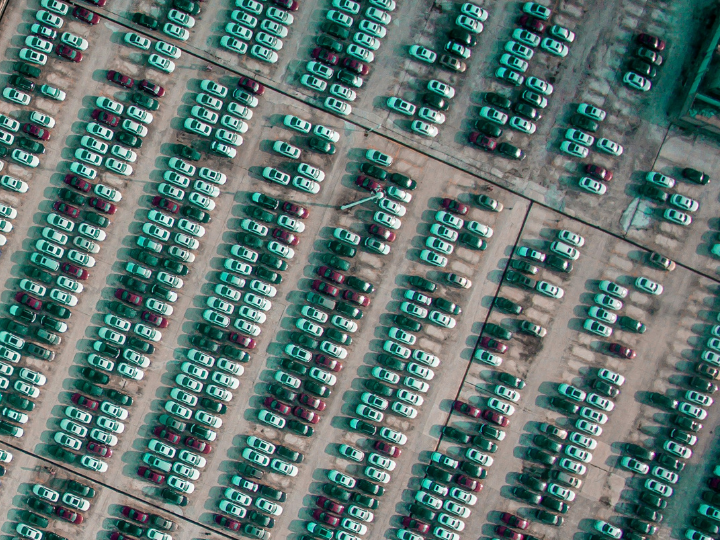The telecom industry is preparing a next step, called 5G, the fifth generation of mobile technology

It is racing to make the 5G mobile technology available for consumers by 2025, but the EU is lagging behind faster competitors in Asia and the US. The EU struggles with legal roadblocks and the crippling level of investment. According to the European Commission, 5G could bring a growth boost of €113 billion to the EU’s automotive, health, transport and energy sectors by 2025; telecom operators need to invest €56.6 billion to pay for 5G networks covering the entire EU.
by
N. Peter Kramer
During the last days of February, at the Mobile World Congress (MWC) in Barcelona, 5G was everywhere, although nowhere was a ready-for-the-market product available.
But, listening to the discussions and presentations, it became clear that the development of 5G is accelerating. ‘Last year at the MWC it was all about 5G, and now it is even more 5G’, an experienced telecom official sighed.
One reason for the fast-growing focus on 5G is that smartphone sales are seriously faltering; the telecom industry needs a new ‘excitement in the market’. It is predictable that the big trend at next year’s MWC will be smartphones with 5G. In Barcelona, Huawei showed its first 5G-chip for smartphones and has the intention before the end of the year to enter the market with a Huawei 5G smartphone.
The other Chinese telecom giant, ZTE, has the same planning and already showed a prototype. Reportedly, before the end of the year five major cities in the US are expected to have a 5G network. South Korea flaunted a trial of the fast technology earlier this year at the Pyeong Chang Winter Olympics. The country’s telecom operators showcased their artificial intelligence services using 5G.
Where is the EU?
It is racing to make the 5G mobile technology available for consumers by 2025, but the EU is lagging behind faster competitors in Asia and the US. The EU struggles with legal roadblocks and the crippling level of investment. According to the European Commission, 5G could bring a growth boost of €113 billion to the EU’s automotive, health, transport and energy sectors by 2025; telecom operators need to invest €56.6 billion to pay for 5G networks covering the entire EU.
The problem is that they see little incentive to invest more in building networks to support faster connections because they don’t know how long their licences will last or how much they will need to pay to use the resource. The usual EU battle is going on: the European Parliament, the European Commission and the EU member states can’t agree on the matter; and nobody knows how long it will take to reach an agreement.
In Barcelona, European Commission Vice-President Andrus Ansip said that the EU trailed behind the US and Asian countries in introducing 4G networks and cannot afford to make the same mistake with 5G. ‘Didn’t he say exactly the same last year here?’, many in the audience wondered justly. Probably he will say the same next year.
Consumers (still) not very eager about 5G
The current 4G networks have enough capacity, till the moment too many people are using them at the same time! And that is exactly where it is about. 4G networks become saturated, and 5G offers more space for more time on the mobile internet. For instance, for cities with the ambition to become a smart city, with sensors measuring air quality everywhere, available parking spaces and traffic density. That is not possible with 4G.
5G has also something to offer for the private user as well. It is much, much faster.
In the first place, it has a higher band width, more gigabits per second, and is a hundred times faster than the 4G network: a HD film can be downloaded in a second. Secondly, and perhaps more importantly, there is the latency; the time lost before a signal comes back. Instead of 50 milliseconds with 4G, the latency with 5G will be only 1 millisecond. For instance, with 1 ms latency you can look at virtual reality, with a wireless VR-headset you can see a sports event from a seat on the first row.
The more than 100.000 visitors of WMC 2018 saw a glimpse of the near future, that will be even closer next year: World Mobile Congress 2019, 25 -28 February!







